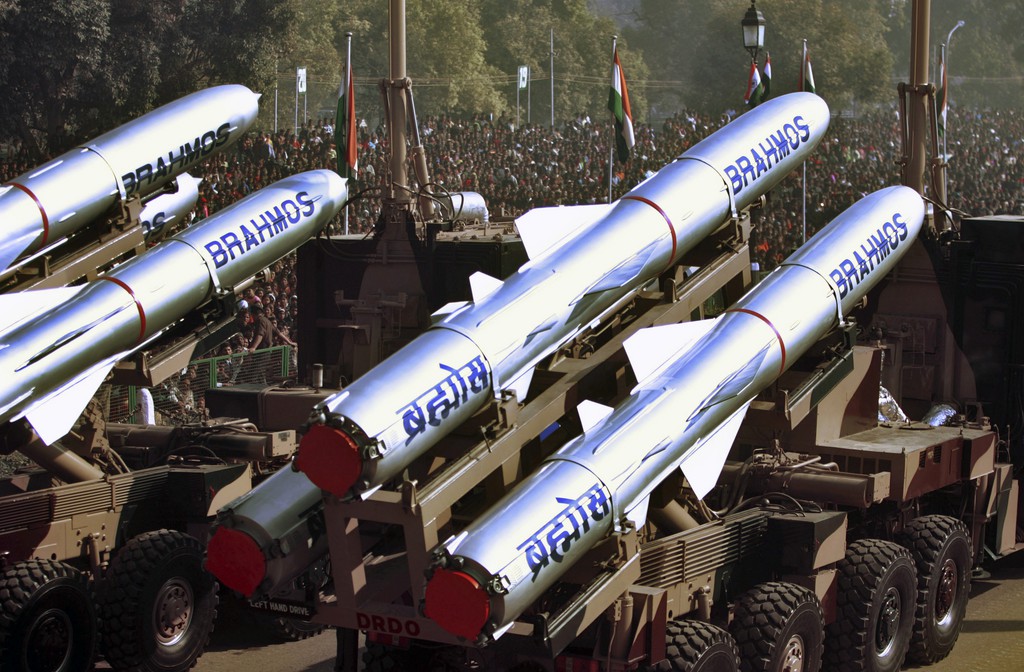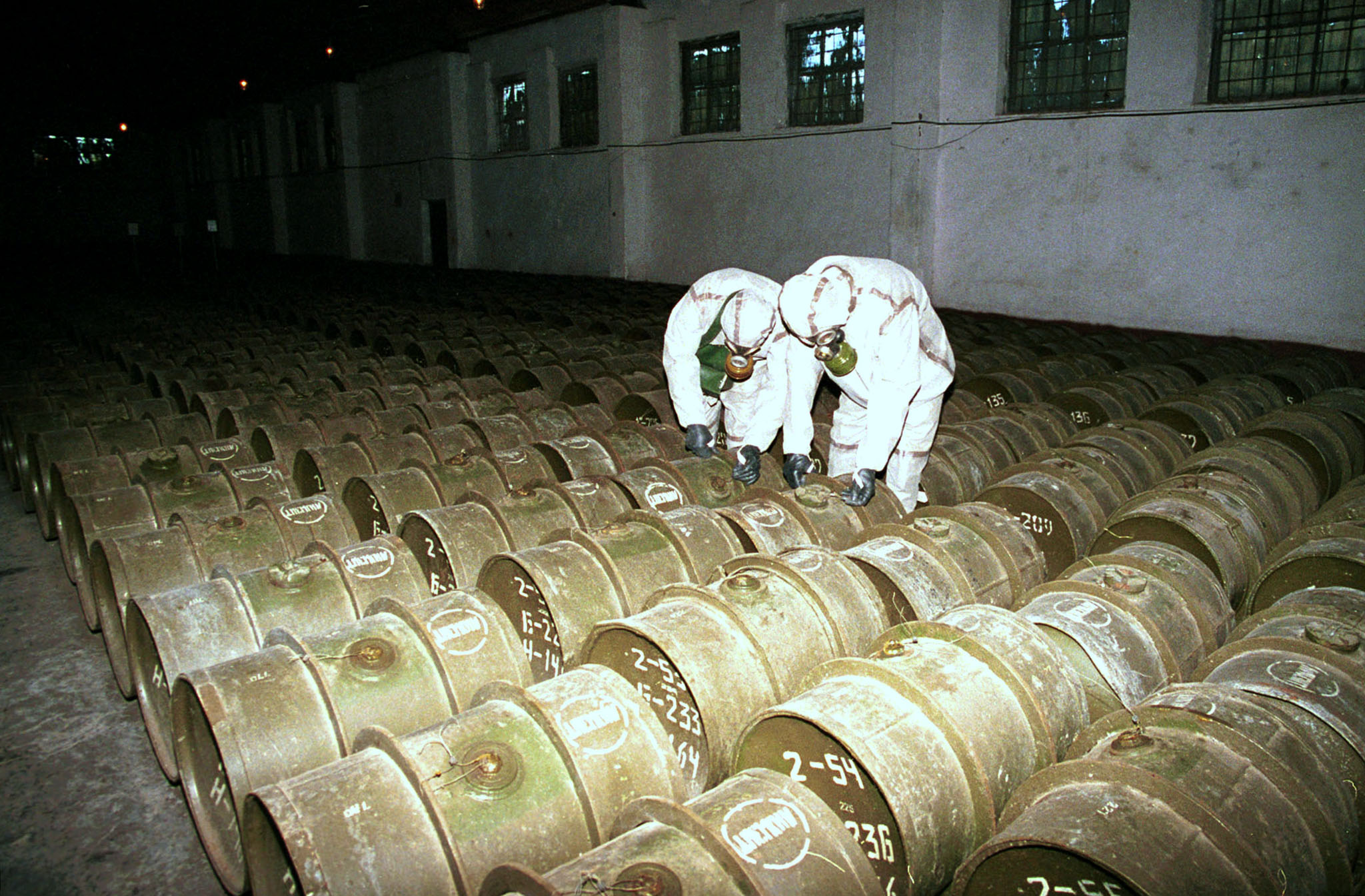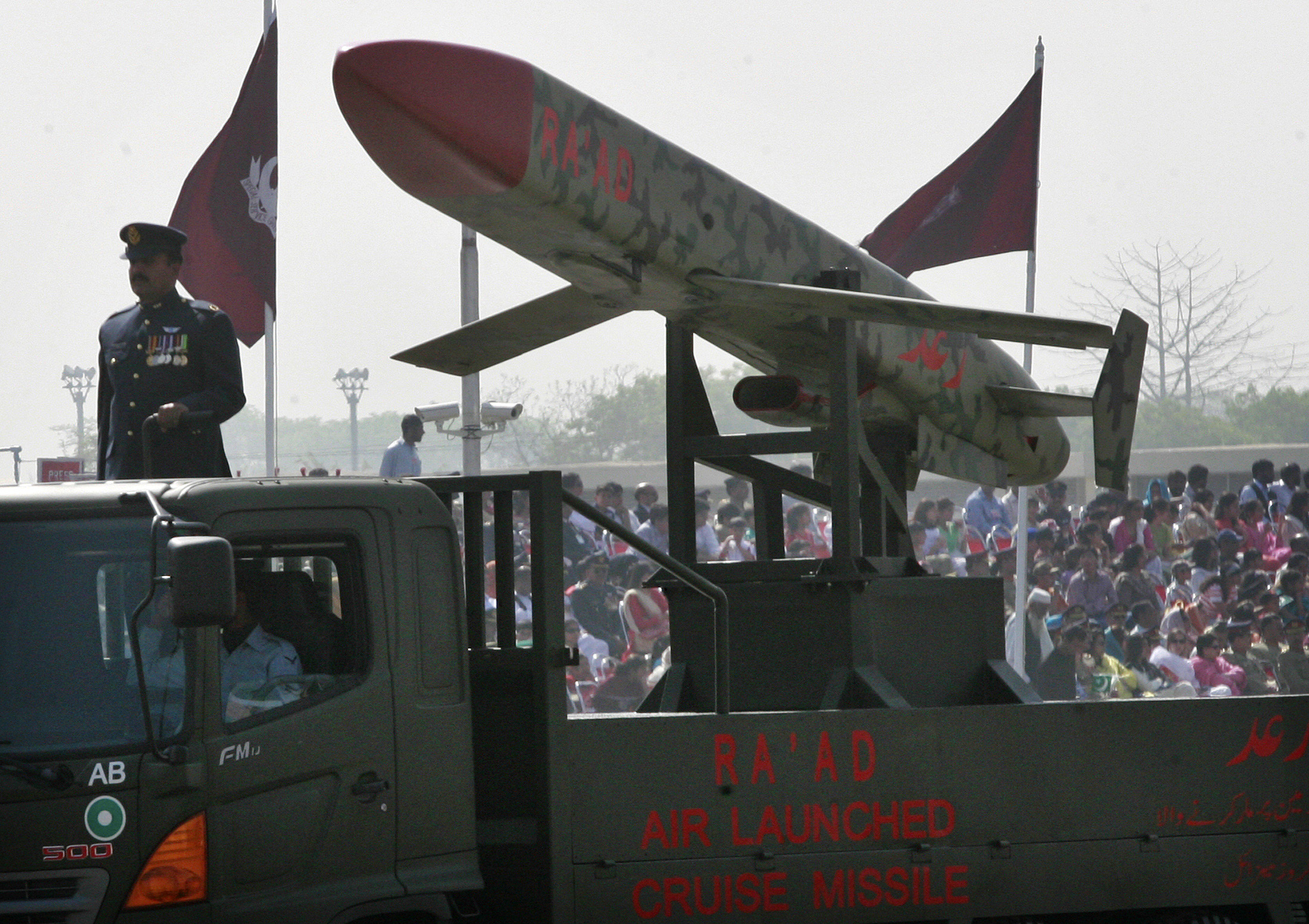Swiss engage in UN disarmament efforts

Swiss-backed efforts regarding nuclear disarmament met with success this week when the United Nations General Assembly adopted a number of related resolutions. This illustrates Switzerland’s commitment to the issue.
Over the last few years Switzerland has stepped up its engagement in accordance with its security policy – as approved by the government in 2000.
Among the resolutions adopted in New York on Monday was a measure initiated by Switzerland on “de-alerting” nuclear weapons.
“Reducing the alert levels of nuclear weapons is an important step towards a nuclear free world,” Swiss expert Benno Laggner told swissinfo.ch. Laggner is head of the division for security policy at the Swiss foreign ministry and ambassador for nuclear disarmament and non-proliferation.
“Keeping those weapons on high alert is dangerous, because you can never fully exclude their use, be it based on miscalculation, by unauthorised persons or accidentally. The high level of readiness also contradicts repeated commitments by nuclear weapons states that they are willing to work towards a world free of nuclear weapons.”
Lowering the operational readiness of nuclear weapons is seen as being a key part of the nuclear disarmament process. Further steps in this direction would “result in a significant nuclear disarmament dividend through a reduction of the role of nuclear weapons in nuclear doctrines and therefore security policy overall”, Laggner said.
The co-author of a new study on de-alerting commissioned by Switzerland and New Zealand calls the situation a “deadly dance”. “The United States and Russia still maintain large numbers of nuclear forces on high alert, ready to launch within minutes,” said Hans Kristensen
Humanitarian side
Together with a growing number of other states, Switzerland is focusing on the destructive capacity of nuclear weapons: Any use of these weapons would have immense humanitarian consequences.
Also adopted by the General Assembly this week was a resolution co-sponsored by Switzerland to step up multilateral negotiations for nuclear disarmament – with a view to eventually achieving a world without nuclear weapons.
The use of even “a relatively small arsenal of about 100 Hiroshima-sized nuclear warheads would disrupt the global climate and would lead to a dangerous reduction in the production of wheat and rice”, said Ira Helfand, the author of a report entitled “Nuclear Famine – A Billion People At Risk”.
“The debate on nuclear disarmament must therefore take the humanitarian dimension into consideration,” added Laggner.
“Our objective is to inject a new direction into the nuclear disarmament debate. So far nuclear disarmament was always debated before the backdrop of strategic stability,” the Swiss ambassador explained.
“The debate involved mainly military and strategic experts, politicians and diplomats. What we try to do now is challenge nuclear weapons altogether by weighing in the human security approach.”
Catastrophic consequences
“It is of great concern that more than 20 years after the end of the Cold War the threat of nuclear annihilation remains part of the 21st century international security environment.”
Laggner noted that the International Committee of the Red Cross (ICRC) had already concluded that international emergency relief organisations would be unable to fulfil their mandates in the event of any use of nuclear weapons.
In addition to the immediate fatalities, survivors of the horrendous effect of a nuclear explosion would endure immeasurable suffering. Studies show that the radiation released by a single nuclear weapon would affect populations, agriculture, and natural resources over a very wide area and constitute a real threat for future generations as well.
International law
Legal issues were another aspect brought up in a Swiss statement during committee discussion at the GA: “All rules of international humanitarian law fully apply to nuclear weapons, notably the rules of distinction, proportionality and precaution, but also the prohibition on causing superfluous injury or unnecessary suffering and the prohibition against causing widespread, severe and long-term damage to the environment.”
A resolution of the Red Cross and Red Crescent Movement from November 2011 emphasised the incalculable human suffering and stressed that “it is difficult to envisage how any use of nuclear weapons could be compatible with the rules of international law”.
As Switzerland sees it, highlighting the humanitarian dimension also makes the issue more tangible for a broader public. This could help enlarge the constituencies engaged in the fight for nuclear disarmament – and bring new momentum to the debate.
The long-term aim of pushing for a discussion of the humanitarian dimension is the total, irreversible and verifiable elimination of nuclear weapons – as supported by the international “Ban The Bomb” campaign.
“As with the other weapons of mass destruction, biological and chemical weapons, we eventually aim for a total prohibition of nuclear weapons,” said Laggner. “It is clear that this will take staying power. But we really have to tackle the issue now.”
During a side event at the UN in New York a few weeks ago, Ira Helfand from the International Physicians for the Prevention of Nuclear War presented a report on the humanitarian consequences of a “limited” regional nuclear explosion entitled “Nuclear Famine – A Billion People At Risk”. The Swiss Foreign Ministry helped fund the report’s publication.
“The death of one billion people over a decade would be a disaster unprecedented in human history,” said Helfand. “It would not cause the extinction of the human race, but it would bring an end to modern civilization as we know it.”
On an international level, the issue of the humanitarian consequences of a nuclear explosion has gained increased attention over the last few years.
The 2010 Review Conference of the Treaty on the Non-Proliferation of Nuclear Weapons expressed its “deep concern at the catastrophic humanitarian consequences of any use of nuclear weapons” and reaffirmed “the need for all States at all times to comply with applicable international law, including international humanitarian law”.
Since then, the issue has been taken up further in General Assembly resolutions and in other forms and forums.
The resolution on de-alerting was tabled by Switzerland together with Chile, Malaysia, New Zealand and Nigeria. After discussion in the First Committee it was adopted in the General Assembly this week by 164 member states; 4 voted no (France, Russia, United Kingdom, United States) and 19 abstained.
More than two decades after the end of the Cold War, a significant number of nuclear weapons of the largest nuclear weapons states remain at high alert.
According to the study on de-alerting, besides the United States and Russia, France and the United Kingdom also have nuclear forces which can be deployed quickly, though at lower levels of readiness. Combined, these four countries deploy approximately 1,940 warheads ready for use on short notice (USA 920 warheads, Russia 890), say authors Hans Kristensen and Matthew McKinzie.
Apart from describing the status of nuclear alert forces and an analysis of US and Russian alert forces the study includes a review of previous efforts to de-alert nuclear forces and lists arguments used for and against de-alerting. The concluding section includes recommendations. The study was published by the United Nations Institute for Disarmament Research.

In compliance with the JTI standards
More: SWI swissinfo.ch certified by the Journalism Trust Initiative












You can find an overview of ongoing debates with our journalists here . Please join us!
If you want to start a conversation about a topic raised in this article or want to report factual errors, email us at english@swissinfo.ch.